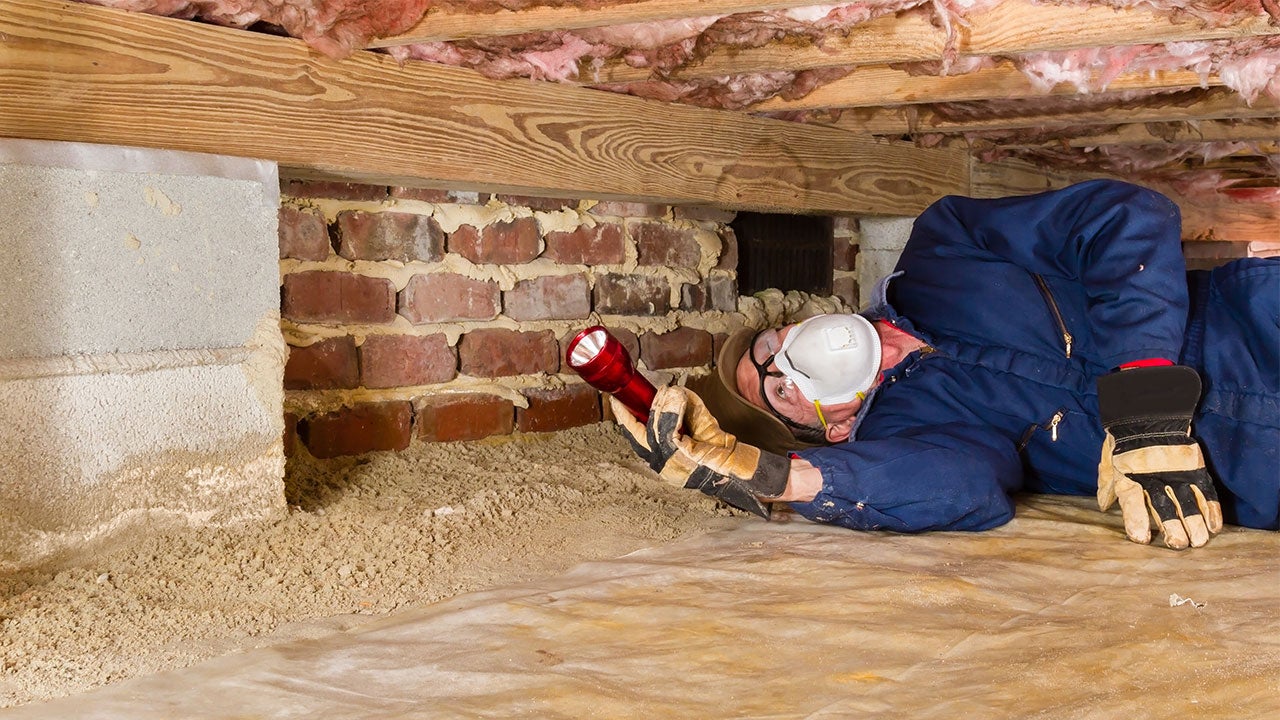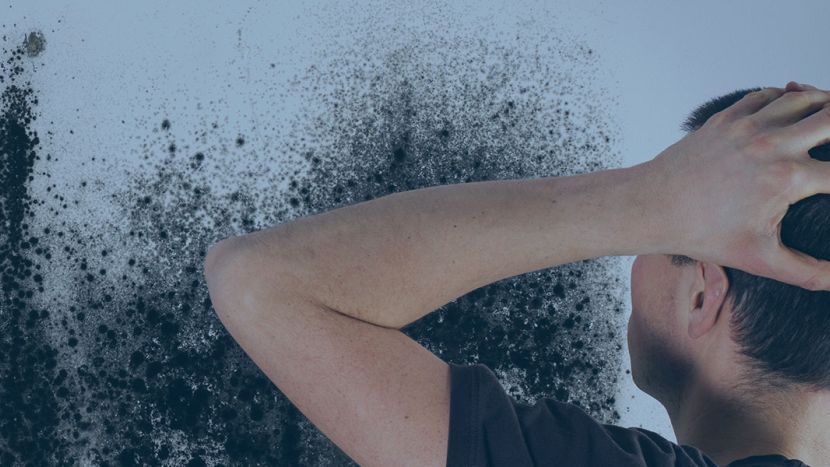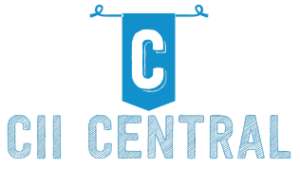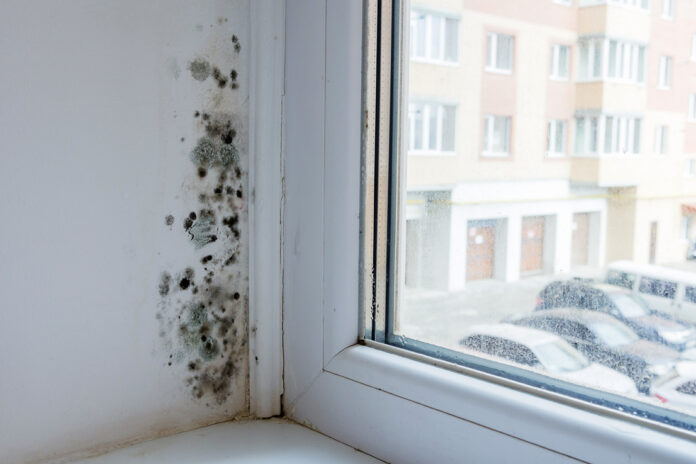When embarking on the journey of homeownership, the excitement is often shadowed by the specter of hidden problems lurking within the walls. One such concern that looms large is mold—a silent intruder that can wreak havoc on both health and property.
As you prepare for a home inspection, the topic of mold testing may surface, sparking a flurry of questions and hesitations. How can you ensure that your inspector is equipped to handle this critical issue? What should you look for in their approach? This article aims to illuminate the path forward, guiding you through the essential conversations to have with your home inspector about mold testing.
From understanding the nuances of different inspection techniques to recognizing the signs of potential mold issues, well equip you with the knowledge to make informed decisions and safeguard your investment. Let’s delve deeper into the crucial conversation of mold testing and uncover the insights needed to navigate this pressing concern.
Identifying Common Mold Testing Concerns

Identifying common mold testing concerns is essential for homeowners seeking peace of mind and a safe living environment. Many individuals worry about the accuracy of the tests—how reliable are the results? Will a single test truly capture the mold situation within their homes? Furthermore, there’s often confusion around the costs involved; are the prices associated with professional mold testing justified, or could DIY kits suffice? The potential health implications also weigh heavily on the minds of many, as the risks associated with mold exposure can be serious, especially for vulnerable populations.
Finally, the process itself can seem daunting—what should homeowners expect during the testing, and how long will it take to receive results? Addressing these concerns head-on can help demystify the testing process and empower homeowners to make informed decisions.
Communicating Effectively with Your Home Inspector

Effective communication with your home inspector is essential when addressing mold testing concerns. Begin by engaging in an open dialogue; share any specific worries you have about potential mold issues, whether that’s past water damage or visible discoloration in your home.
Ask questions—how will the testing be conducted, what types of mold will be assessed, and how long will the testing take? Listen to their insights and recommendations. Don’t hesitate to discuss any particular areas of concern, as this helps the inspector tailor their investigation to your needs.
Moreover, clarify the outcomes you expect—understanding the testing process and what the results might mean can empower you to make informed decisions. The more transparent you are, the more your inspector can assist in ensuring that your mold concerns are thoroughly addressed.
Follow-Up Actions After Mold Testing

After receiving the results of your mold testing, it’s essential to take decisive follow-up actions to ensure your home is safe and healthy. Begin by carefully reviewing the findings alongside your home inspector; detailed discussions about the levels and types of mold detected can span crucial preventative measures.
If the test indicates elevated mold levels, you should promptly consult with a qualified remediation specialist who can assess the extent of contamination and outline a tailored removal plan. Don’t simply act on instinct—consider the recommendations regarding moisture control and ventilation improvements that may arise from the testing report.
Moreover, documenting your remediation process is not just thorough but vital; this creates a record for potential future real estate transactions or health evaluations. Remember, mold issues can be persistent, so scheduling follow-up testing after remediation is a wise step, ensuring that your home remains a refuge rather than a risk.
Conclusion
In conclusion, addressing Black Mold Testing concerns with your home inspector is crucial for ensuring a safe and healthy living environment. Effective communication about your specific worries, such as the presence of black mold, can help your inspector provide a comprehensive assessment tailored to your needs.
By understanding the testing process, asking the right questions, and being proactive, you can alleviate your concerns and make informed decisions regarding mold management. Remember, a thorough inspection not only protects your investment but also promotes the well-being of everyone in your home.
Prioritizing mold testing and maintaining open dialogue with your inspector are essential steps towards a healthier living space.




